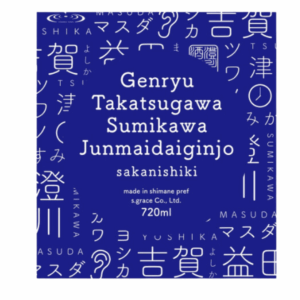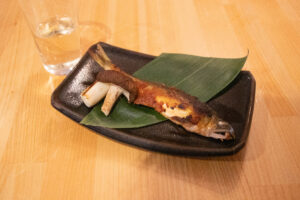I want to know! What is “Specified Name Sake” for Sake?

Did you know that sake has a classification called “Tokutei Meishoshu”?
This is an official category determined based on the ingredients and production method used to guarantee the quality of sake.
It is like the “AOC” or “DOC” in the case of wine, a rating for traditional Japanese sake brewing.
Today, we will introduce “Tokutei Meisho Sake” in an easy-to-understand manner!
What is sake with a specific name?
There are 8 types of sake with a specific name.
All sake is classified according to the following two points: Polishing ratio Polishing ratio Polishing ratio of rice
Polishing ratio (how much rice has been polished)
– Whether or not brewing alcohol is added
Polishing ratio is a numerical value that indicates how much rice has been polished. For example, a 50% polishing ratio means that 50% of the outer part of the rice has been polished and only the central part has been used.
There are also two types of sake: those to which brewing alcohol is added and those made purely from rice and rice malt (=junmai-type sake).
There are 8 types of Tokutei Meisho-shu
| Type | Rice polishing ratio | Brewing alcohol added | Characteristics |
| Junmai Daiginjo-shu | 50% or less | None | Brilliant aroma and delicate taste |
| Daiginjo-shu | 50% or less | Yes | Brilliant, light aroma and taste |
| Junmai Ginjo-shu | 60% or less | None | Full aroma and taste |
| Ginjo-shu| 60% or less | Yes | Light aroma and sharpness |
| Special Junmai-shu | 60% or less or by a special process | No | Rice flavor and richness |
| Special Honjozo-shu | 60% or less or by a special process | Yes | Clean and refreshing taste |
| Junmai-shu | No milling ratio specified | No | Strong taste of the original rice |
| Honjozo-shu | 70% or less | Yes Light and easy to drink.
■ What is the difference between “Junmai” and “Ginjo”?
Junmai” is sake made with only rice and rice malt.
Ginjo” is a sake made with a higher ratio of polished rice and a process that brings out its aroma.
Combining the two, for example
– Junmai Daiginjo-shu: made with only rice and rice malt and a milling ratio of 50% or less
– Ginjo-shu: made with a little brewing alcohol and a milling ratio of 60% or less
.
In other words, the key points are whether or not the sake is labeled “Junmai” and whether or not it is labeled “Ginjo.
Are there sake products that do not have a specific name?
Yes, there are!
These are called “ordinary sake” and are general sake without a specific name.
Many of them can be enjoyed casually as a food sake.
■ Summary
If you know the specific name of sake, you can get an idea of the flavor just by looking at the label.
It will also give you a hint for choosing the sake of your choice, and will surely be useful when giving a gift or pairing sake with a meal.
Next time you pick up a bottle of sake, please pay attention to the “specific name” as well!







